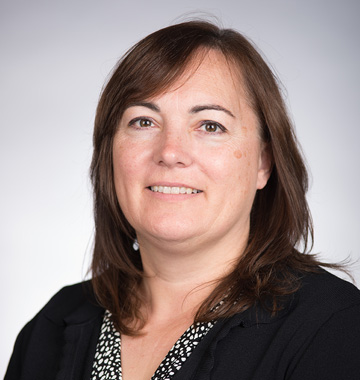About Us
Welcome
Diabetes, especially type 2 diabetes (T2D), is responsible for nearly 10% of deaths in Australia. Helping people with type 2 diabetes keep their glucose levels at a safe level is important to reduce deaths and complications from T2D. People with T2D often see a general practitioner (GP) for their care. Thus, GPs have a large part to play in helping people with T2D to keep their glucose levels in check.
Keeping glucose levels at a safe level can be challenging for people with T2D and their GP. T2D is a progressive condition, so medication choices for people with T2D must be progressed too. This can be difficult because there are a large number of medications available, with new medications appearing all the time. It is important that any management plan be tailored to the individual: the characteristics of their diabetes (e.g. duration, current medications), other conditions (e.g. kidney function and cardiovascular risk) as well as the person’s own preferences (e.g. avoid weight gain), resources (e.g. financial), and supports (e.g. family).
Our research explored the clinical reasoning GPs and people with T2D use when deciding what glucose level the person will aim for and what medication they would choose to achieve that level. This was done to design a clinical decision support tool called GlycASSIST. GlycASSIST is designed to take the complexity out of T2D management by providing evidence-based recommendations on glucose control (by calculating personalised HbA1c targets) and medication options, all from the convenience of the GP’s own desk!
.

RESEARCH TEAM
- A/Prof John Furler

Department of General Practice
University of Melbourne
"> - A/Prof Douglas Boyle

Health and Biomedical Informatics Centre (HaBIC)
University of Melbourne
- Dr Jo-Anne Manski-Nankervis

Department of General Practice
University of Melbourne
- A/Prof Gary Kilov

Department of General Practice
University of Melbourne
- Ken Clarke

Networked Society Institute
University of Melbourne
- Jane Speight

Behavorial and Social Research in Diabetes
Deakin University
- Breanne Kunstler

Department of General Pactice
University of Melbourne
- Sean Lo

Department of General Practice
University of Melbourne
- Hamish McLachlan

Department of General Practice
University of Melbourne
- Professor David O’Neal

University of Melbourne
- Dr Elizabeth Holmes-Truscott

Australian Centre for Behavioural Research in Diabetes
- Dr Mark Kennedy

The University of Melbourne
- Associate Professor Ralph Audehm

The University of Melbourne
- Professor Sophia Zoungas

Monash University